By Eric Baker
The latest video game in Electronic Arts’ Medal of Honor franchise is European Assault. Available on the Xbox, the PS2, and the Gamecube, the game is set in Europe, 1942. Players take the role of US Army Lieutenant William Holt, field agent of the Office of Strategic Services (the OSS), chosen for the job by “Wild Bill” Donovan himself. The player’s mission is to lay the groundwork for the liberation of Europe.
The trademark of the Medal of Honor series is trying to get the facts correct, and EA is no exception. The designers interviewed several experts aiming for accuracy and realism. The designers also consulted with the Congressional Medal of Honor Society to make sure the game is up to the ideals and integrity that the Medal of Honor represents. By playing, gamers experience the history of the OSS and WWII as a story and a challenge, but without the linear path of a written history. The player chooses what to do when, changing history even has they relive it. In addition, the designers created many of the game’s encounters to give the player the feeling of being an ordinary soldier compelled by circumstances to be a hero.
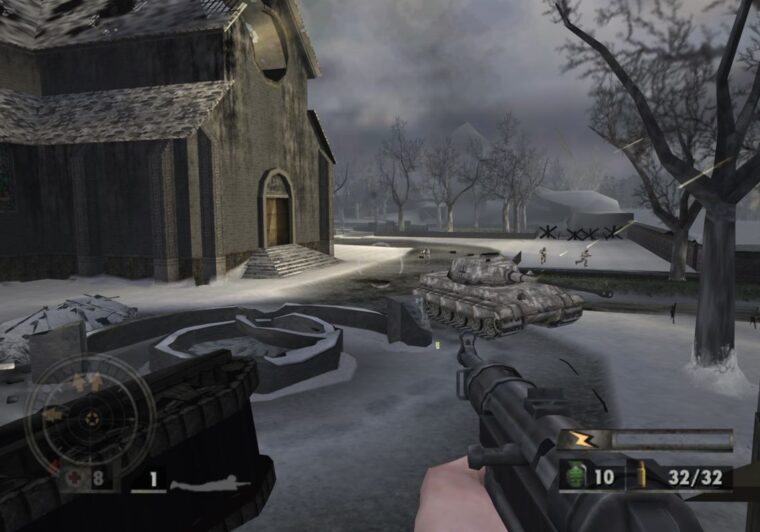
Players command both their character and a squad of other soldiers’ movements in combat. Coordinating the player’s efforts with the squad’s is the key to most of the game’s challenges. The missions will bring the player in conflict with historical German leaders at locations all based on actual WWII locations throughout Europe.
Another video game available now from another franchise is Commandos Strike Force from Eidos. This game is out on the Xbox, the PS2, and for PC computers. Previous installments of Commandos have been third person perspective, real-time strategy games. For Strike Force, the designers have changed the action to first person. As in EA, the focus is on commandos, but in SF, the player takes the role of three different characters: a “green beret,” a spy, and a sniper. The game has three campaigns, all set in Europe, and each demanding a combination of stealth and shooting to achieve their goals.
The designers of SF did not set out to create the sort of virtual reality tour of history that EA is. The characters and missions of the game are all invented; the weapons and vehicles, however, are authentic to the period. The player’s characters’ skills are also less about the real world and more about the needs of the game. The designers divided the characters’ skills broadly into action (shooting things), infiltration (disguise), and stealth (not being seen). The characters use weapons not just for straight-ahead fighting, but also for situational advantages like bombs to create diversions or silenced weapons to aid infiltration.
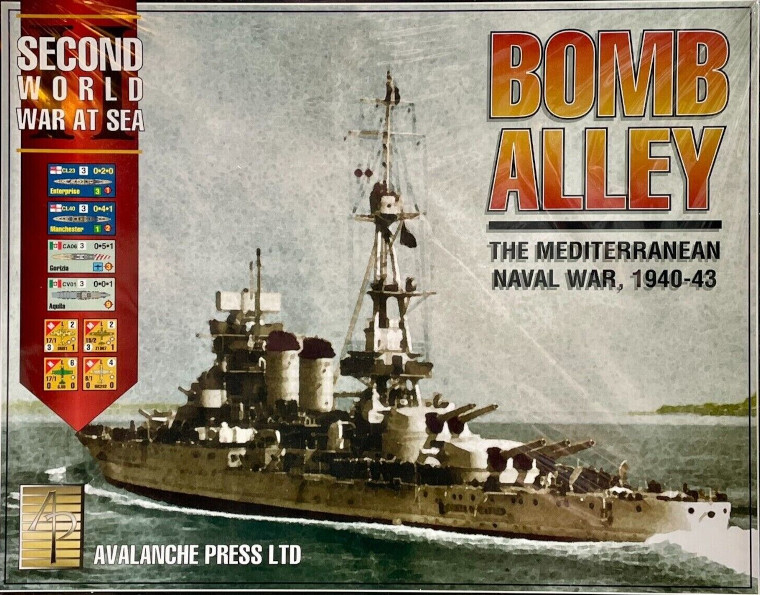
A board game rather than a video game, Bomb Alley is a new installment in the Second World War at Sea series from Avalanche Press. Set in the Mediterranean Basin during the years of 1940 to 1942, the game depicts the struggle between the Italian Navy trying to keep the sea lanes open from north to south while the British Navy fought to keep the east-west route open. The battles included air, surface, and submarine forces, which the game depicts on both a large strategic map and a smaller tactical map for fighting the actual battles.
The game uses playing pieces for depicting the battleships, aircraft carriers, cruisers, and destroyers as well as smaller ships, aircraft, and markers.
The rules include 50 scenarios, which covers just about everything that happened in that period from convoy defences to battleship clashes to carrier raids. Even impossible fights are included such as the night battle where the Italian torpedo boat Lupo defeated three British cruisers.
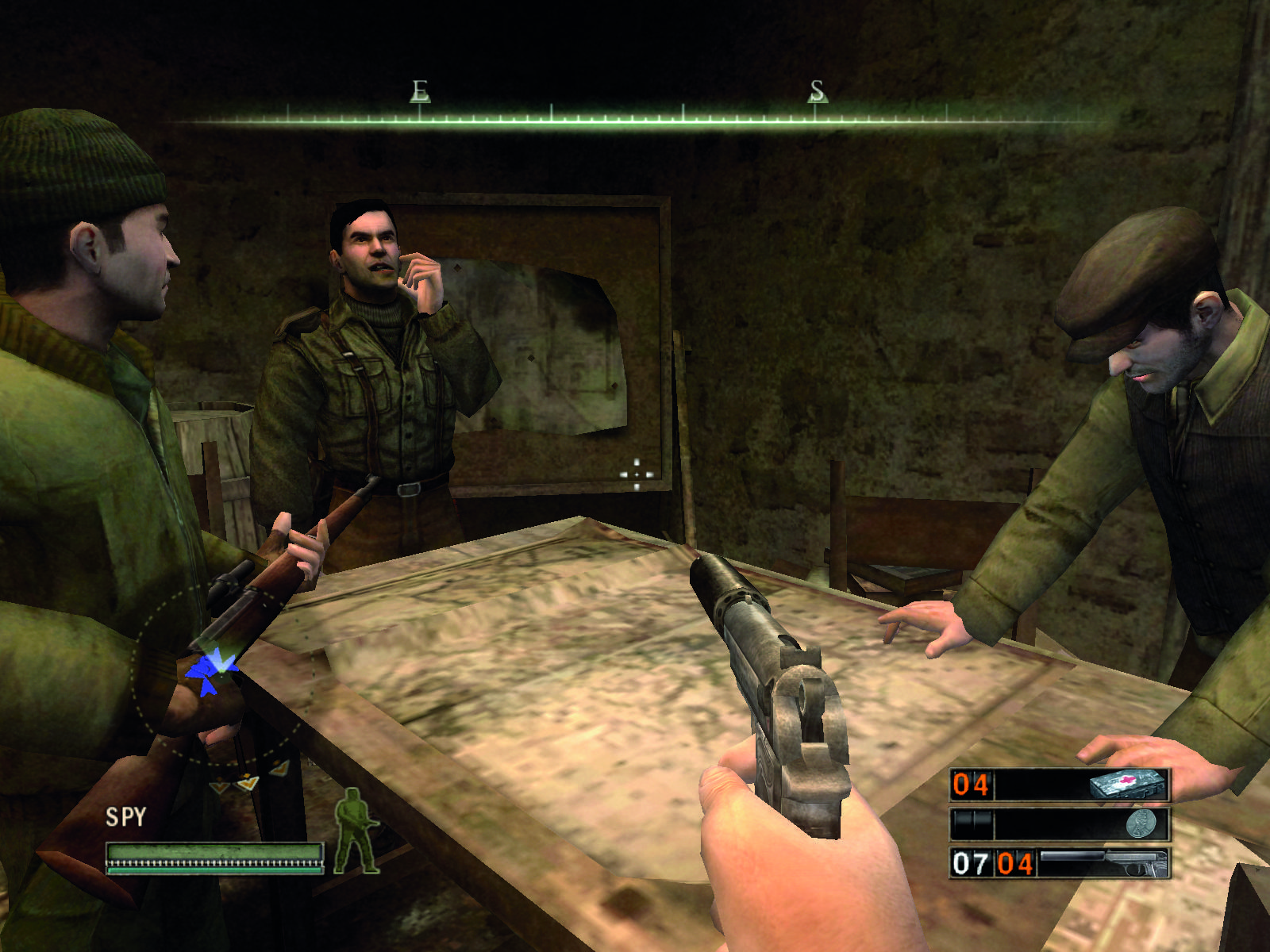
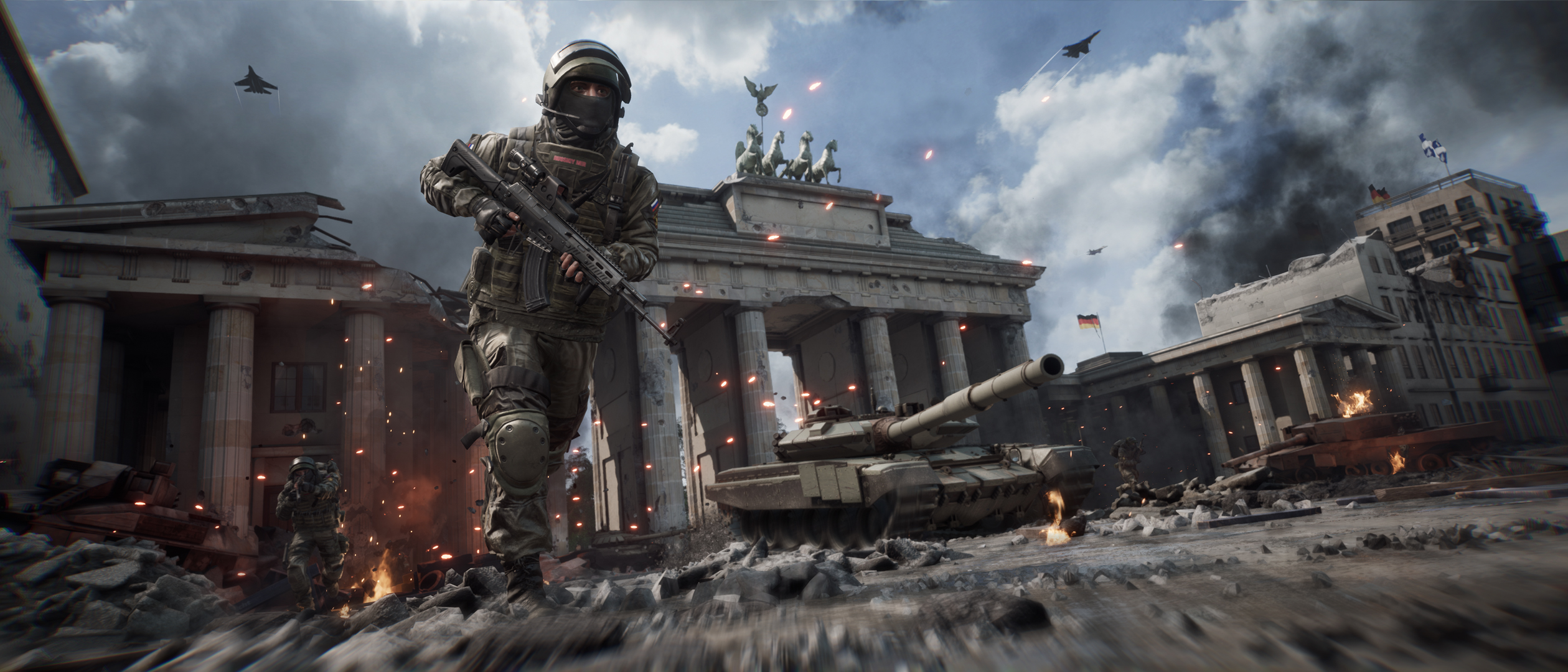
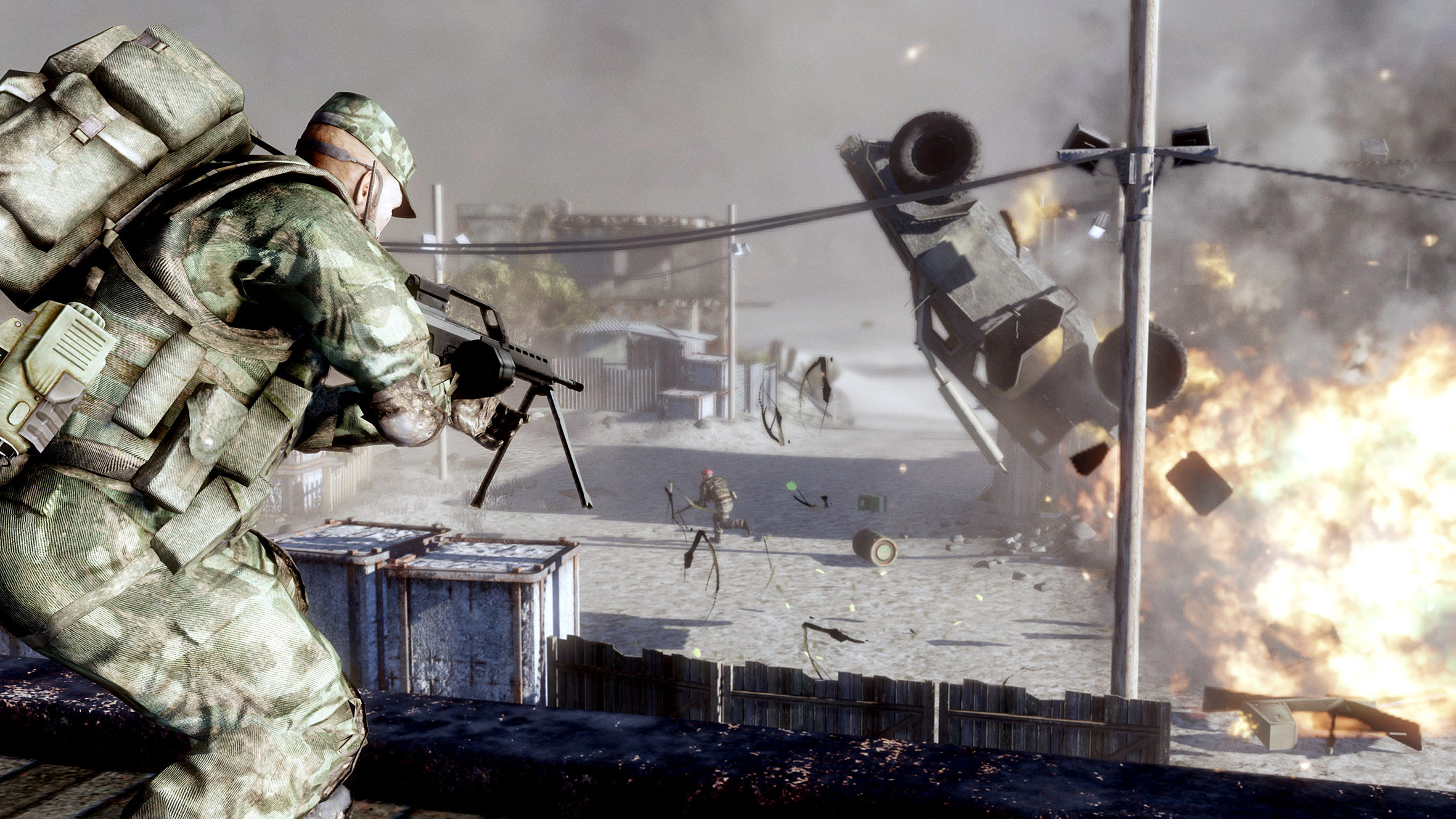
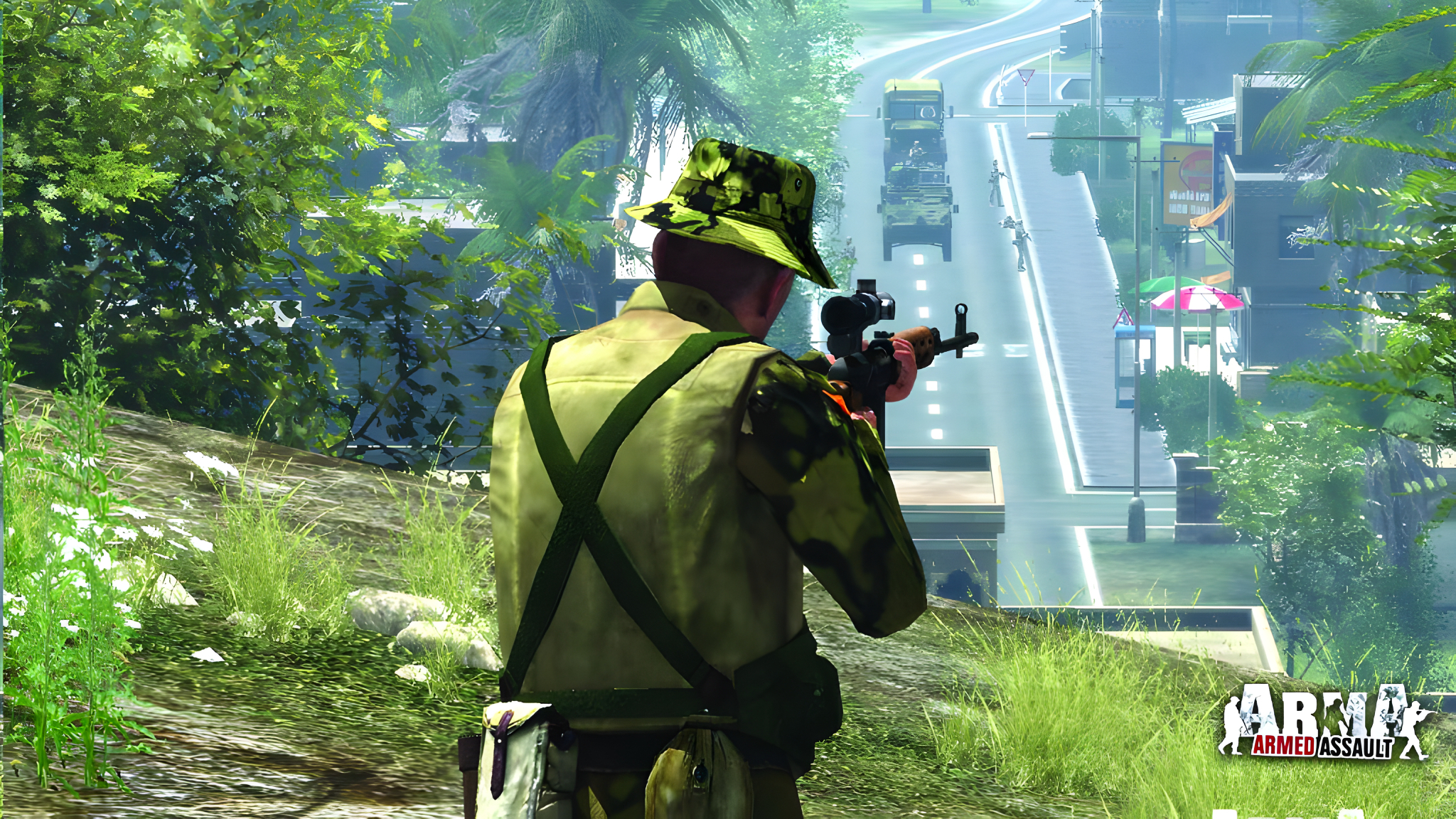
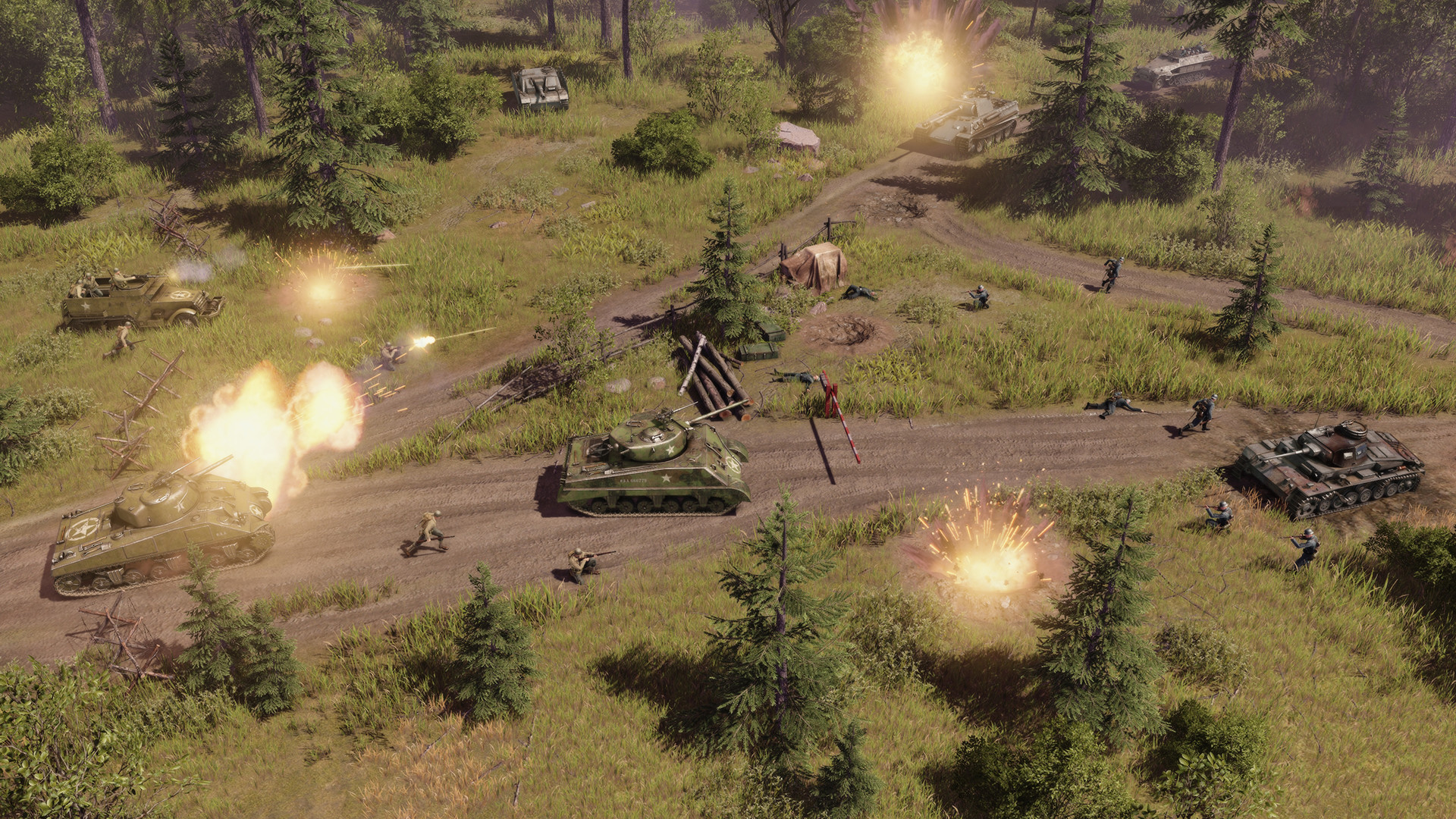
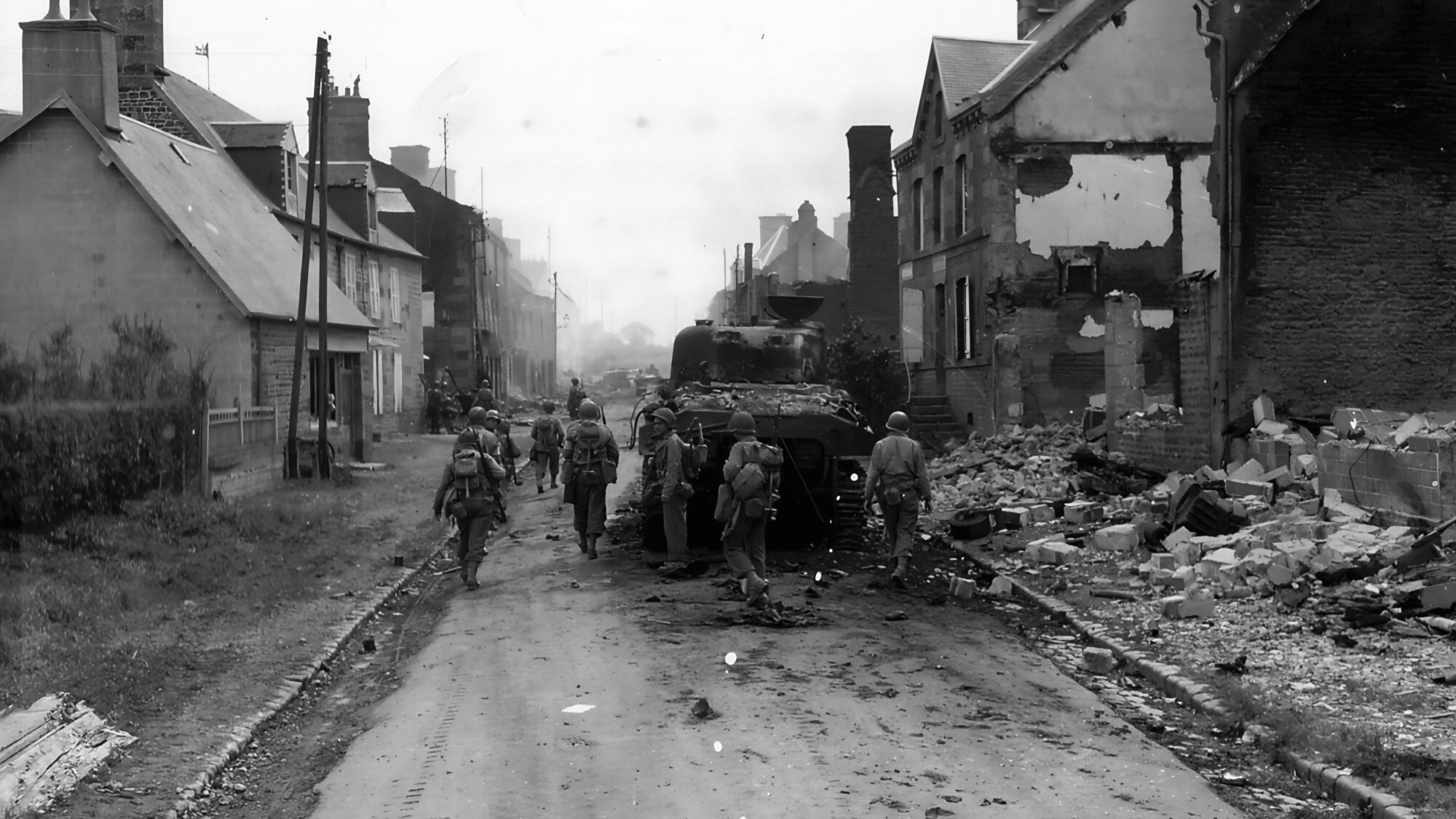
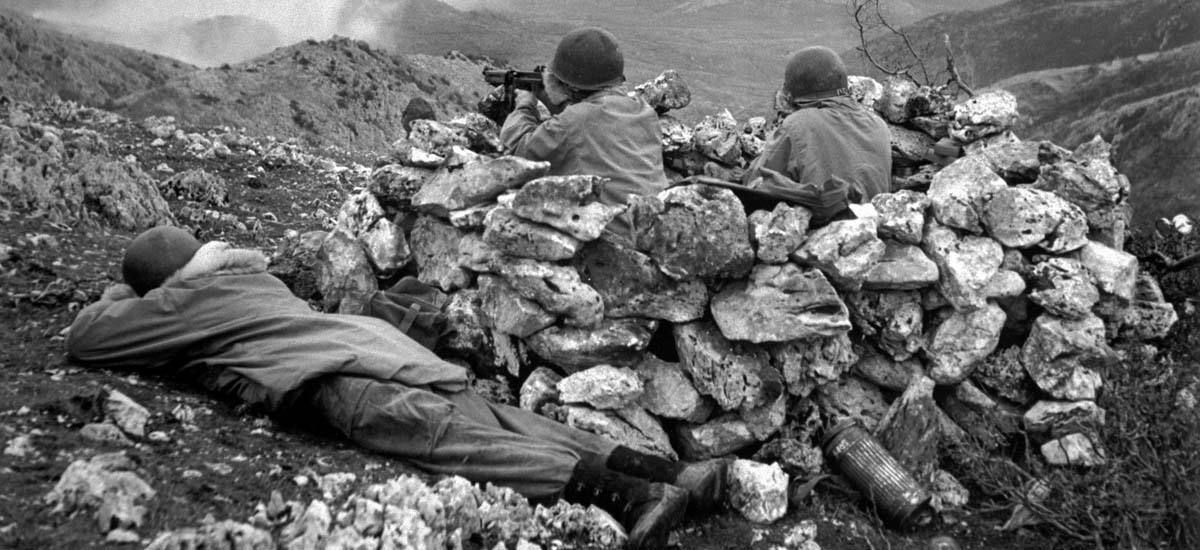
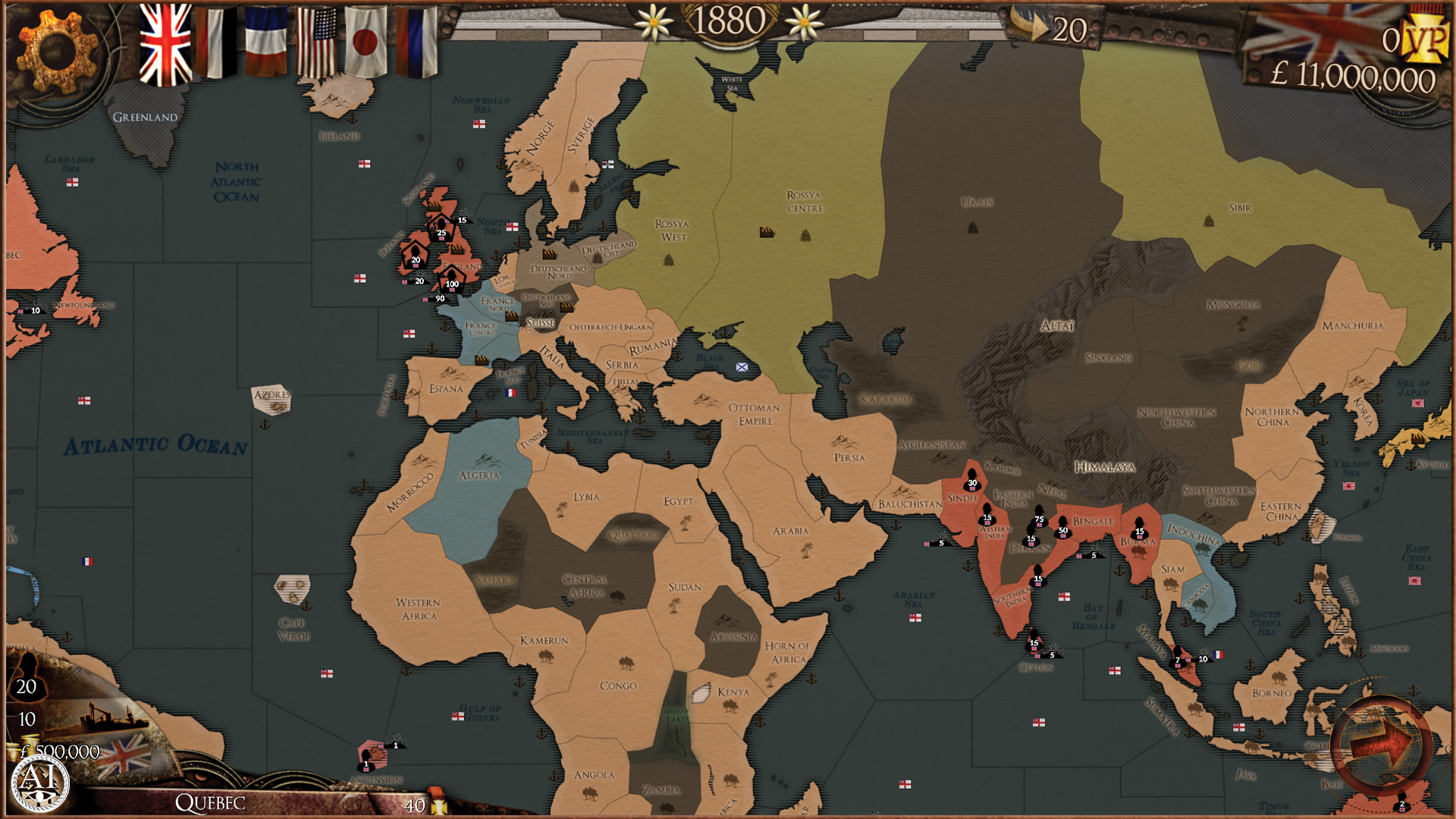
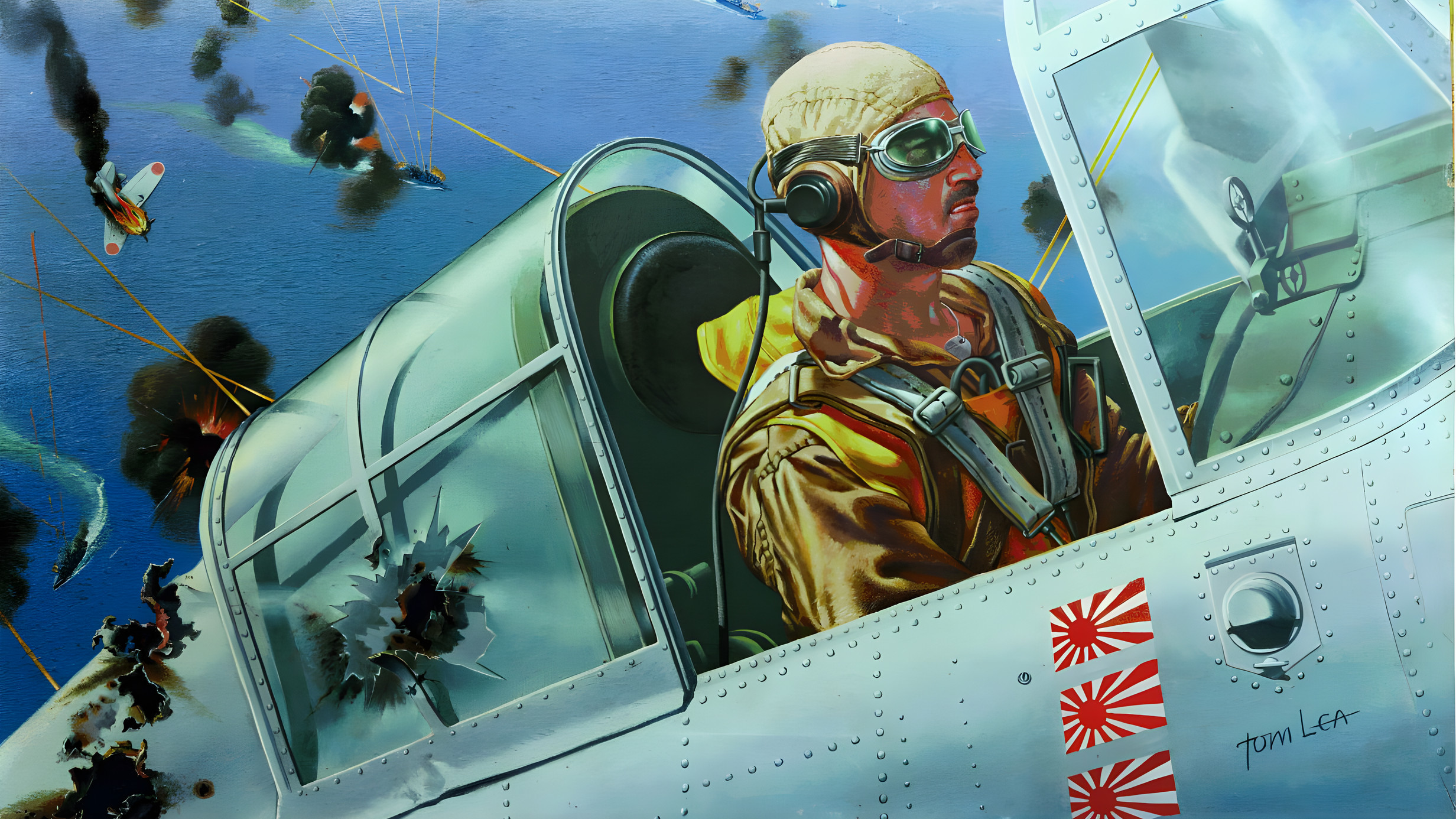
Join The Conversation
Comments
View All Comments